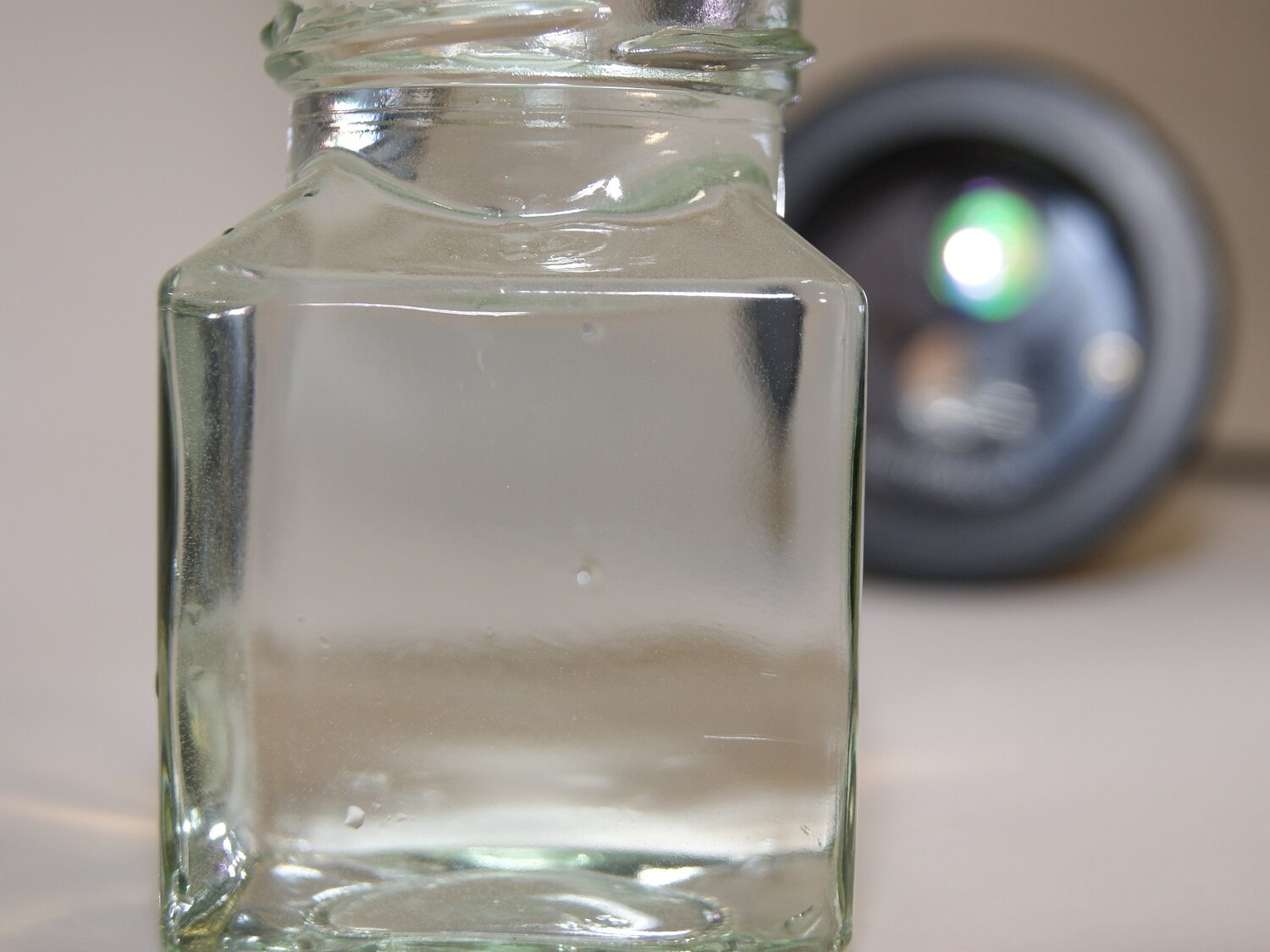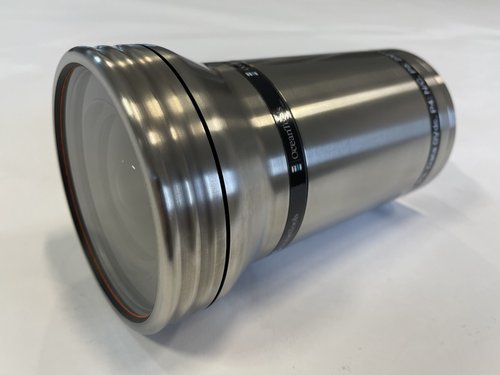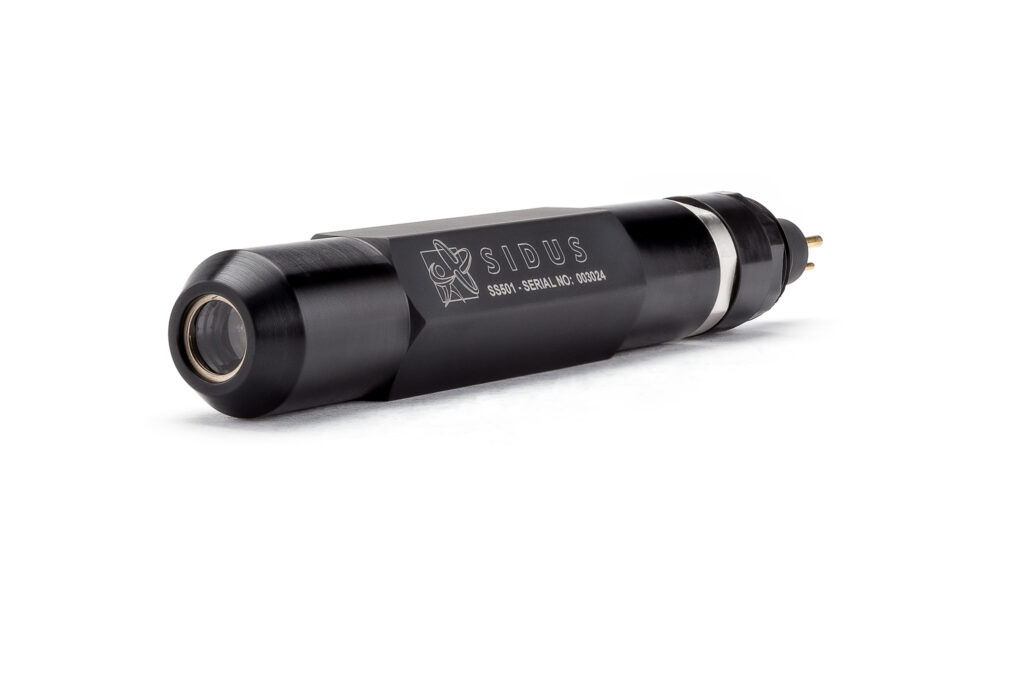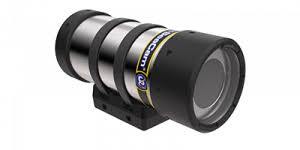BlueZone partners with over 50
world-leading original equipment
manufacturers and systems providers
C-Dye 370
Ultraviolet leak tracing dye
OceanTools C-Dye 370 is a colourless UV dye concentrate, designed for tracing leaks in a variety of subsea environments. With maximum absorption in the near UV range and emission in the visible range, it can help identify leaks around subsea control systems, risers and pipelines.
The dye is typically dosed at a ratio between 100ppm and 200ppm depending on the application. Compatibility with the dosage medium and the appropriate concentration should be confirmed prior to use, and the dye should be thoroughly dispersed within the chosen medium. C-Dye 370 is registered with CEFAS in the UK (OCNS Gold / OCNS Class D) and the Netherlands (HMCS Pre-screening Category C) and has a substitution warning. It is also registered for use in Denmark and Norway.
OceanTools C-Dye 370 Safety Data Sheet
For more information about OceanTools C-Dye 370, Contact the team at BlueZone.
Key Features
Up to 25-hour mission duration
Speeds up to 4.2 knots
Increased module payload capacity
Search and recovery
Hydrography
Deep sea mineral exploration
Marine & Fisheries research
Product Enquiry
Related products
The C6 is a beautifully engineered colour zoom camera designed to meet a wide range of subsea applications including the pilot’s main camera on ROV systems, military/defence and scientific research....
Read moreWebsite under development. Please use our hire enquiry form on the right to contact UVS for further details on this equipment.
Read moreDeepSea's HD Zoom SeaCam has a 30x optical zoom capability, faceplate illumination of 0.024 Lux, and high-quality HD-SDI 1080p/30 video output. Options include a titanium or an aluminum housing.
Read moreRelated Articles
Beyond the Surface: ArtemisSAR Enhances Diver Safety in Hostile Waters
How Sonar Technology is Transforming Search and Rescue Operations In the Northern Territory, just off the coast of Darwin, sits the BlueZone team in a small aluminum boat. Infamous...
Read MoreKraken Robotics release KATFISH Autonomous Launch and Recovery System
Smooth and Safe Operations without Human Intervention Kraken Robotics (Canada) endeavour to drive innovation beneath the surface. Striving to improve the safety and effectiveness of launch and recovery operations...
Read MoreNext-Generation Water Monitoring with ARES Optical Sensors
Precision, performance, and flexibility—now available exclusively in Australia through BlueZone Group With a powerful new tool at their fingertips, environmental professionals and marine researchers can take water monitoring to...
Read More



